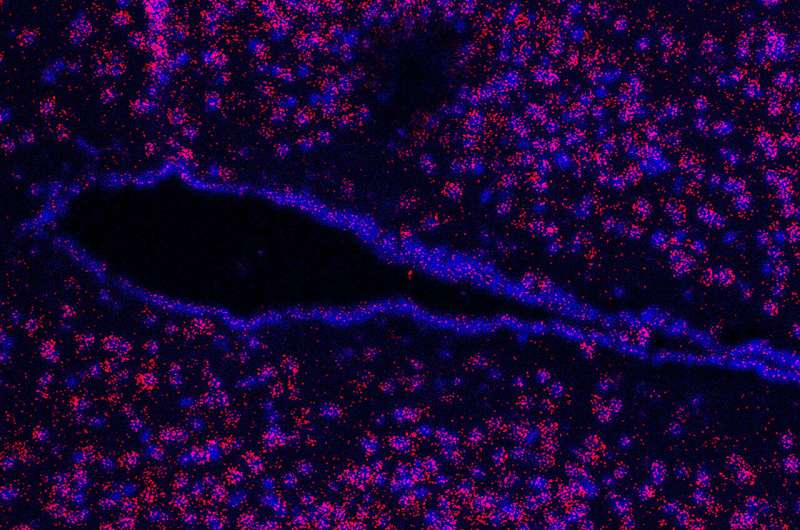This article has been reviewed according to Science X's editorial process and policies. Editors have highlighted the following attributes while ensuring the content's credibility:
fact-checked
trusted source
proofread
New regulator of eating behavior identified

The rapidly escalating prevalence of overweight and obesity poses a significant medical challenge worldwide. In addition to people's changing lifestyles, genetic factors also play a key role in the development of obesity.
Scientists at Leipzig University and Heinrich Heine University Düsseldorf have now identified a new regulator of eating behavior. The findings have been published in Signal Transduction and Targeted Therapy.
"Our research underscores our incomplete understanding of the factors governing food intake. It also reveals the potential involvement of previously overlooked receptors," says Dr. Doreen Thor, senior author of the study and scientist at the Faculty of Medicine at Leipzig University.
The newly identified receptor, latrophilin 1, has primarily been studied for its functions in the brain such as synapse formation and development, but not for its role in controlling food intake. It is a G protein-coupled receptor and was so named because of its ability to bind to the neurotoxin latrotoxin. This toxin is produced by some spiders, including the Mediterranean black widow, and has the latrophilin 1 receptor as a key neuronal target structure.
In their studies, the research teams led by Dr. Thor from Leipzig University and Professor Simone Prömel from Heinrich Heine University Düsseldorf show that the latrophilin 1 receptor is present in the regions of the brain that control eating behavior as well as in adipose tissue.
In the study, mice lacking the receptor showed increased food intake and reduced physical activity. Although the juveniles were initially of normal weight, they became significantly overweight over the course of a further four months. This in turn leads to the well-known comorbidities of obesity, such as fatty liver and diabetes mellitus.
In addition, the researchers identified a receptor variant of latrophilin 1 in the sequencing data from the Leipzig obesity cohort that occurred in one patient with overweight. Cell culture studies indicated this variant's impaired functionality, suggesting that the receptor may play a role in the development of obesity not only in animal models, but also in humans.
"The results provide a new approach to understanding the regulation of food intake and the development of obesity," says Professor Simone Prömel, another corresponding author of the paper.
Future studies in the participating research groups at the universities in Leipzig and Düsseldorf will now clarify whether the receptor can serve as a potential pharmacological target for the regulation of food intake in obesity.
More information: André Nguyen Dietzsch et al, Dysfunction of the adhesion G protein-coupled receptor latrophilin 1 (ADGRL1/LPHN1) increases the risk of obesity, Signal Transduction and Targeted Therapy (2024). DOI: 10.1038/s41392-024-01810-7




















